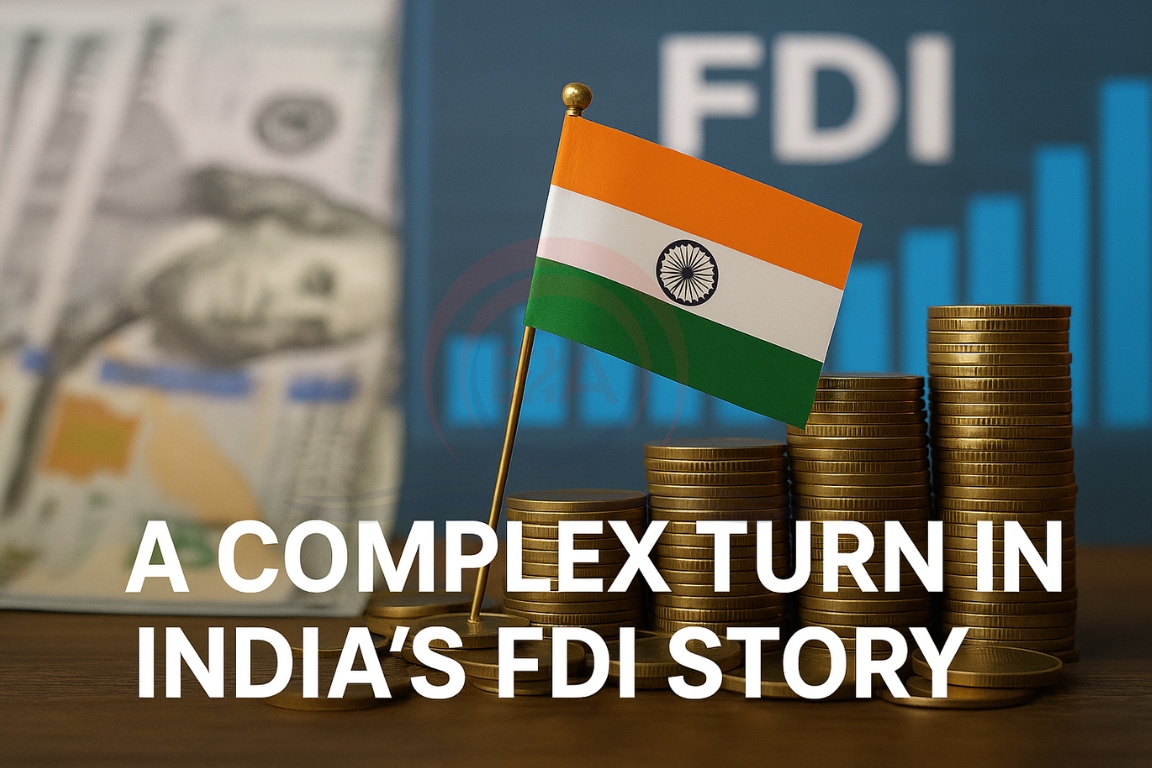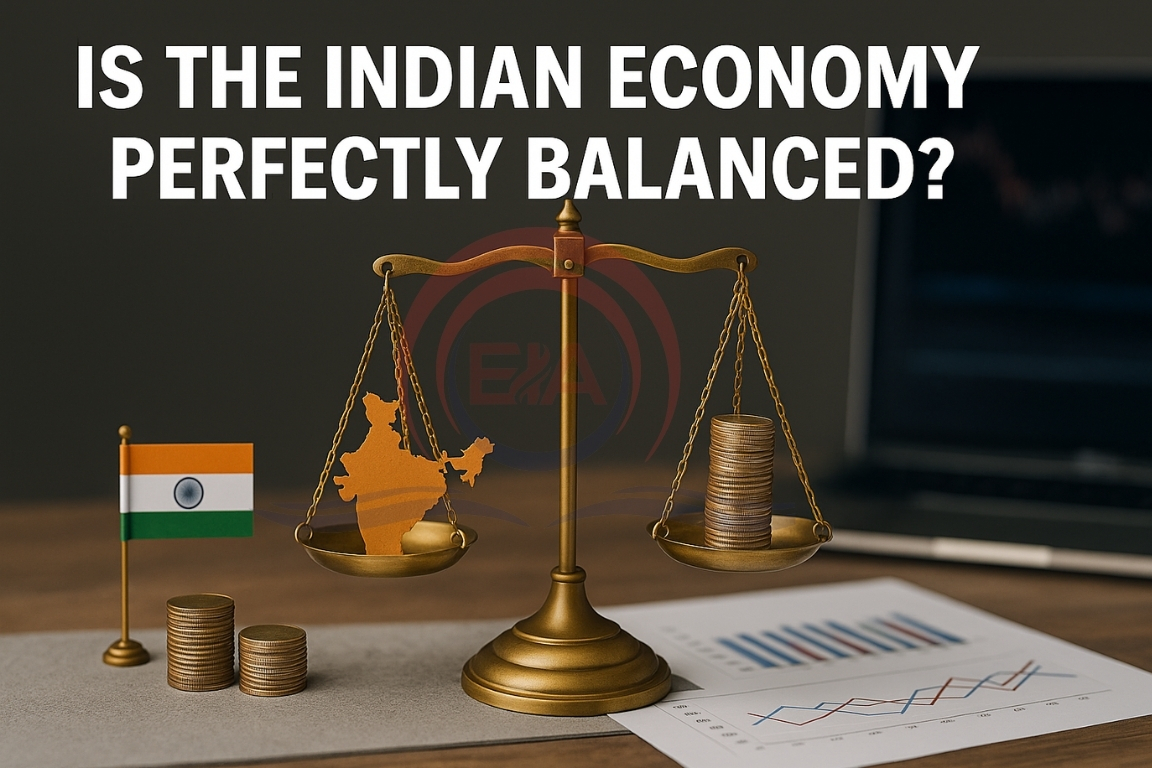India’s foreign investment inflows have increased, but growing disinvestments and rising outward investments by Indian firms highlight concerns about the strength of the domestic investment climate.
What is FDI?
- Foreign Direct Investment (FDI): It is when an overseas investor invests in India with the intention of gaining a long-term business interest and management control.
- Example: A foreign company setting up a factory, acquiring a stake in an Indian firm, or building infrastructure projects.

Classification of FDI in India
- Equity Capital – Direct investment in shares of Indian companies.
- Reinvested Earnings – Profits earned by foreign companies in India that are reinvested instead of being taken back.
- Other Capital – Loans, debt instruments, and intra-company transfers between foreign investors and their Indian businesses.
What is FPI?
- Foreign Portfolio Investment (FPI): It refers to overseas investors buying financial assets like shares, bonds, or mutual funds in India for short-term gains.
- Example: Foreign investors purchasing shares in the Indian stock market without seeking management control.
Importance of FDI in India
- FDI has been central to India’s growth since the 1991 reforms, supporting: Modernisation of industries. Technological upgradation. Better integration with global markets.
- E-commerce, IT hardware and software sectors benefited significantly from foreign capital.
Current Trends in FDI
- Gross inflows reached $81 billion in FY 2024-25, a 13.7% rise.
- Between 2011–2021, inflows grew steadily, peaking in FY 2021-22.
- Post-COVID recovery in inflows is slow (0.3% annual growth) compared to sharp growth in outflows (18.9% annually).
Divergence between Inflows and Outflows
- Total inflows (post-pandemic period): $308.5 billion.
- Withdrawals/repatriations: $153.9 billion.
- Net inflows (after accounting for outflows and loan repayments) fell sharply to just $0.4 billion in FY 2024-25.
- Disinvestments rose 51% in FY 2023-24 to $44.4 billion and further to $51.4 billion in FY 2024-25.
Sectoral Shift
- Manufacturing sector, once a major FDI destination, now attracts only 12% of inflows.
- Investments are moving towards services, financial markets, hospitality, and energy distribution, which have limited multiplier effects on job creation and industrial growth.
Rising Outward FDI by Indian Firms
- Outflows increased from $13 billion in FY 2011-12 to $29.2 billion in FY 2024-25.
- Regulatory hurdles and policy uncertainty. Infrastructure bottlenecks. Better opportunities in developed economies (tax benefits, stability, resources).
- This weakens domestic job creation, innovation, and industrial expansion.
Structural Concerns
- Dependence on tax-haven routes like Singapore and Mauritius suggests tax-driven inflows rather than genuine productive investments.
- Traditional FDI contributors such as the U.S., U.K., and Germany have reduced their engagement.
- RBI has cautioned that declining net inflows affect external stability, balance of payments, and monetary policy flexibility.
Way Forward
- Focus on quality and durability of investments, not just gross figures.
- Simplify regulatory processes and ensure policy predictability.
- Upgrade infrastructure and strengthen institutional trust.
- Promote human capital and skills to attract high-value sectors (advanced manufacturing, clean energy, technology).
- Encourage long-term, strategic capital aligned with national priorities.
Conclusion:
While India continues to attract large inflows, rising disinvestments and outward FDI point to deeper structural challenges. Sustainable growth requires long-term, stable, and productive investments that strengthen domestic capabilities.





